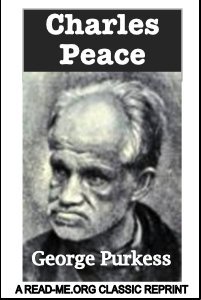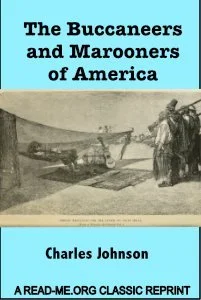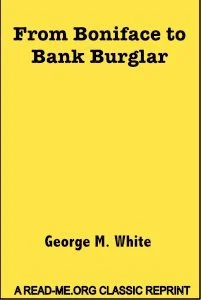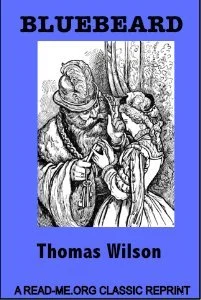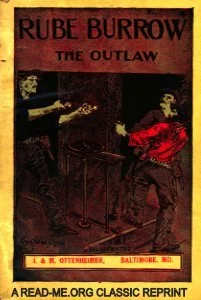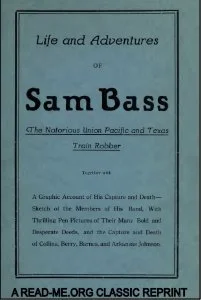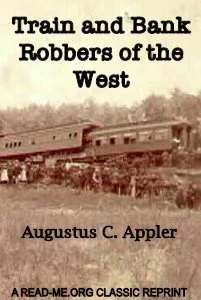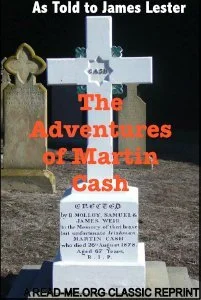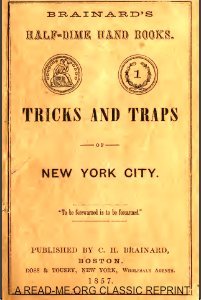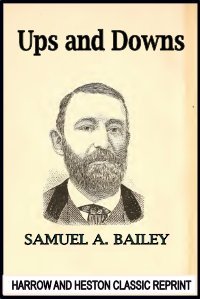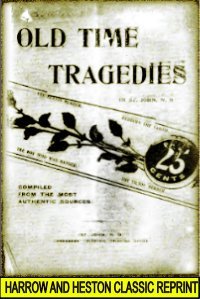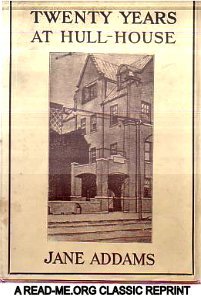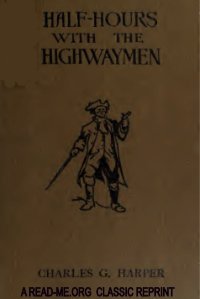By Jane Addams.
With Autobiographical Notes. “While on a trip to East London in 1883, Jane Addams witnessed a distressing scene late one night: masses of poor people were bidding on rotten vegetables that were unsalable anywhere else. This scene haunted Addams for the next two years as she traveled through Europe, and she hoped to find a way to ease such suffering. Five years later, she visited Toynbee Hall, a London settlement house, and resolved to replicate the experiment in the U.S. On September 18, 1889, Jane Addams and her friend Ellen Starr moved into the second floor of a rundown mansion in Chicago's West Side. From the outset, they imagined Hull-House as a "center for a higher civic and social life" in the industrial districts of the city. Addams, Starr, and several like-minded individuals lived and worked among the poor, establishing (among other things) art classes, discussion groups, cooperatives, a kindergarten, a coffee house, a lending library, and a gymnasium. In a time when many well-to-do Americans were beginning to feel threatened by immigrants, Hull-House embraced them, showed them the true meaning of democracy, and served as a center for philanthropic efforts throughout Chicago. Hull-House also provided an outlet for the energies of the first generation of female college graduates, who were educated for work yet prevented from doing it. In some respects, however, Addams's impressive work, often hailed by historians as "revolutionary," was nothing of the sort. She embraced the sexual stereotypes of her day, and, though she was clearly an independent woman, soothed public fears by acting primarily in the traditional roles of nurturer and caregiver. Hull-House was a rousing success, and it inspired others to follow in Addams's footsteps. Though Twenty Years at Hull-House is meant to be an autobiography, it is Hull-House itself that stands in the spotlight. Addams devotes the first third of the book to her upbringing and influences, but the remainder focuses on the organization she built--and the benefits accruing to those who work with the poor as well as to the poor themselves. At times Addams's prose is difficult to follow, but her ideals and her actions are truly inspiring. A classic work of history--and a model for today's would-be philanthropists.” (From Amazon).
New York: Macmillan, 1912. 462p.


